I was 20 years old when I went to Vietnam to do alternative service as a conscientious objector to war. I served with the Mennonite church, teaching English classes in Saigon to high school and university students. I lived there for three years, learned to speak Vietnamese and enjoyed relating to students, many of them my peers in age.
One day I joined others from the Mennonite mission to visit a South Vietnamese military cemetery on the outskirts of Saigon. Near the entrance was a large pavilion with rows and rows of flag-draped coffins awaiting burial. There were 150 coffins waiting to be buried that day.
It felt a bit strange to stand in this place of death as a conscientious objector
In the cemetery itself were rows of open graves, and there were several funerals in progress. Each of the thousands of graves in the cemetery was marked by a headstone which included the name, date of birth and death, and a photo of the young soldier. What struck me were all the youthful, vibrant faces of young men, many of them my age or younger. Surely these young men had all the hopes for life, love and the future that I held dear, but sadly, their hopes were buried with their bodies. It felt a bit strange to stand in this place of death as a conscientious objector to war and be exempt from the fate of many in my generation.
When I visited the Vietnam War Memorial Wall in Washington D.C. some years later, I had a similar feeling. To see the names of my generation etched in stone was a troubling experience, and it raised deeper questions about the meaning of being a peacemaker. Surely it must mean more than removing myself to a place where I, as an individual, could be safe from war and violence.
And so these visits to the cemetery in Vietnam and The Wall in Washington D.C., were significant moments in shaping my life. I became much more concerned about the systems and policies that lead nations to go to war. I’ve spent a lifetime urging our nation to rely on diplomacy, foreign aid and just trade policies rather than the projection of military power.
In my years after Vietnam I worked in Laos and still advocate for the safe destruction of the millions of unexploded US bombs that litter the Lao countryside threatening the lives of Lao villagers. I also do counseling on the GI Rights Hotline (girightshotline.org), helping today’s soldiers protect their rights and well-being within the military or find their way out as warranted by military regulations. Truly, the cemetery and The Wall have deepened my understanding of what it means to work for peace.

